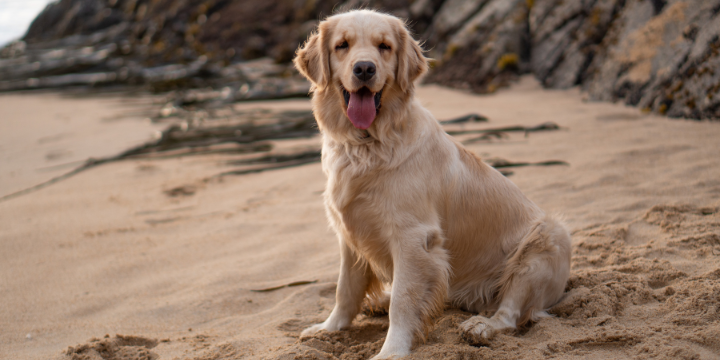Teaching your dog to sit and stay is a fundamental part of basic obedience training. Here’s a simple and effective guide to help you train your dog to sit and stay:
Before you begin
Patience and consistency: Remember that every dog learns at their own pace. Be patient and consistent with your training.
Positive reinforcement: Use treats and praise as rewards for good behaviour. Avoid punishment-based training, as it can create fear and anxiety in your dog.
Training to Sit
Gather your supplies: You’ll need a leash, a collar, and some small, tasty treats that your dog loves.
Choose a quiet, distraction-free area: Find a calm location where your dog can focus on the training.
Start with a relaxed dog: Put your dog on a leash and have them stand or walk beside you.
Hold a treat: Hold a treat in your hand and show it to your dog.
Give the command: Say “Sit” in a clear, firm, and gentle voice while holding the treat above your dog’s head.
Guide the dog: Move the treat slowly over your dog’s head and towards their tail. Most dogs will naturally sit down as they follow the treat.
Reward and praise: As soon as your dog sits, give them the treat and plenty of verbal praise like “Good sit!” or “Well done!”
Repeat: Practice the sit command in short sessions, gradually increasing the duration of the sit. Make sure to reward and praise your dog each time they sit correctly.
Training to Stay
Sit command: Begin with your dog sitting at your side.
Open your palm: With your dog sitting, open your palm in front of their face like a stop sign.
Say “Stay”: Use a clear, firm, and gentle voice to say “Stay.”
Take a step back: While keeping your hand up, take a small step backward.
Return quickly: Immediately return to your dog, and if they stayed in the sit position, reward them with a treat and praise.
Repeat and increase distance: Gradually increase the distance and duration of the stay command. Always return quickly to reward your dog if they stay in place.
Add a release word: Once your dog has mastered staying, introduce a release word like “Okay” to let them know they can move.
General Training Tips
Keep training sessions short (10-15 minutes) and positive to prevent your dog from getting bored or frustrated.
- Train in different locations and with various distractions to generalize the commands.
- Be consistent with your commands and hand signals.
- Use high-value treats for training but gradually reduce their frequency as your dog becomes more reliable.
- Always end training sessions on a positive note.
Remember, every dog is unique, so adapt your training methods to suit your dog’s individual needs and temperament. With patience, consistency, and positive reinforcement, your dog will learn to sit and stay reliably.



